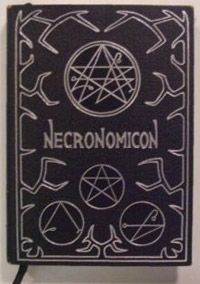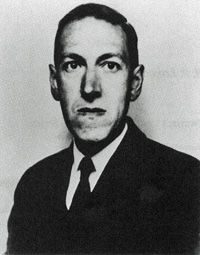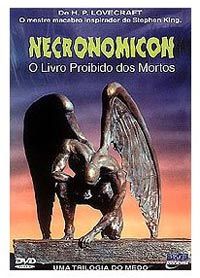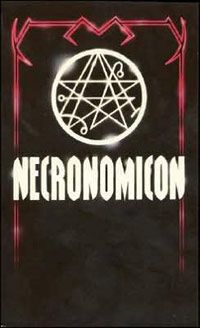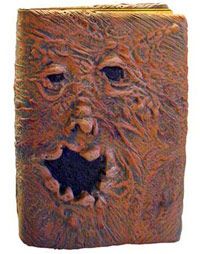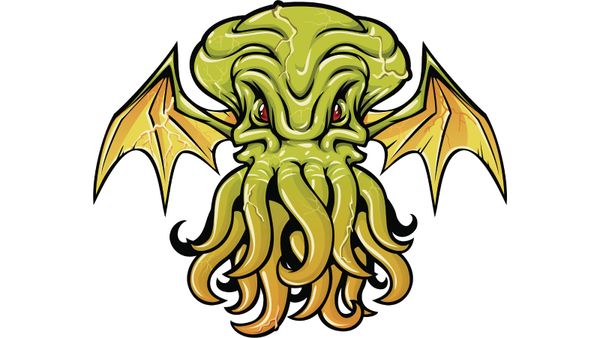Weird fiction author H.P. Lovecraft created a mythology that includes bizarre monsters, troubled communities, insane scholars and a library of books filled with forbidden lore. Of all the books detailing this mythology that Lovecraft mentions in his fiction, one in particular captures the imagination more than any other: the "Necronomicon." According to Lovecraft, it's a tome filled with secrets and rituals that can drive a reader to the brink of insanity.
In reality, the "Necronomicon" doesn't exist, though more than a half dozen books with the title "Necronomicon" are available at bookstores. The book is yet another aspect of Lovecraft's fiction, invented as a mere plot device.
Advertisement
The "Necronomicon" plays an important role in the Cthulhu mythos -- the mythology behind much of Lovecraft's work involving extraterrestrial beings of immense power. Lovecraft mentions the book in 18 of his stories, more than any other mystical book (real or otherwise) that he references. Many fans of the mythos think of the "Necronomicon" as the Bible of Lovecraft's pantheon. This might be why people refer to the book in the same fashion: the "Necronomicon."
Lovecraft tells us that the author of the book was the mad Arab Abdul Alhazred, who perished in A.D. 738 after being eaten by one or more invisible monsters.
So what's in this book? From what Lovecraft tells us in his stories, it seems that Alhazred mostly wrote about a race of extraterrestrial creatures with cosmic powers. He calls them the Old Ones, a term that Lovecraft used for more than one group of strange creatures. In "The Dunwich Horror," Lovecraft inserts a lengthy excerpt from the "Necronomicon" about the Old One known as Yog-Sothoth. Cthulhu, a monster who lies sleeping at the bottom of the ocean, also gains a mention in this passage. The reader discovers that Cthulhu is only distantly related to the other Old Ones and that he can "spy Them only dimly."
In other words, the book is a fictional history about our world and the creatures that eons ago ruled the Earth and other realms. Lovecraft said the title meant "the book of the customs (or laws) of the dead," but a more literal translation is "the book of dead names." Later on, other authors would give the "Necronomicon" its reputation as a book of spells, but apart from some very vague descriptions of summoning rituals, that doesn't seem to have been Lovecraft's original intent.
Nevertheless, this history of the youngest days of our world and the otherworldly beings who controlled it is so horrifying that, according to Lovecraft, reading the book could drive you insane. Many of Lovecraft's stories end with one or more characters descending into madness, and quite a few of them did so after perusing the "Necronomicon." Lovecraft stressed that these beings were so beyond human comprehension that even considering them for more than a moment could warp your mind.
In this article, we'll explore the fictional author of the "Necronomicon," the various translations Lovecraft mentions in his fiction, the real and fictional locations where you would be able to find a copy -- if it really existed -- and the hoaxes and homages inspired by Lovecraft's clever creation.
In the next section, we'll learn more about the mad Arab.
Advertisement
